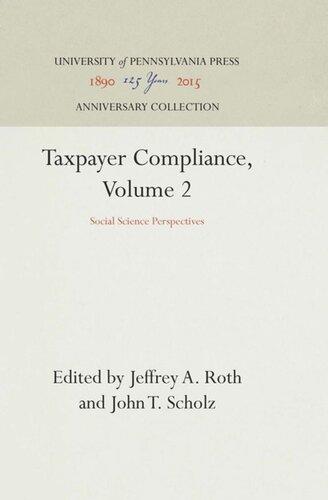
More products digital (pdf, epub, mobi) instant download maybe you interests ...

School Crisis Response Reflections of a Team Leader 2nd
Edition Jeffrey C. Roth
https://ebookmeta.com/product/school-crisis-response-reflectionsof-a-team-leader-2nd-edition-jeffrey-c-roth/

Studies
in Inductive Logic and Probability Volume 2
Richard C. Jeffrey (Editor)
https://ebookmeta.com/product/studies-in-inductive-logic-andprobability-volume-2-richard-c-jeffrey-editor/

The Philosophy of Social Science New Perspectives 2nd
Edition Garry Potter
https://ebookmeta.com/product/the-philosophy-of-social-sciencenew-perspectives-2nd-edition-garry-potter-2/

The Philosophy of Social Science New Perspectives 2nd
Edition Garry Potter
https://ebookmeta.com/product/the-philosophy-of-social-sciencenew-perspectives-2nd-edition-garry-potter/

Diagnosis and Management of Primary Bone Tumors-Volume 2 (Nov 29, 2023)_(9819954975)_(Springer) 1st Edition Bahk
https://ebookmeta.com/product/diagnosis-and-management-ofprimary-bone-tumors-volume-2-nov-29-2023_9819954975_springer-1stedition-bahk/

Science of Weather, Climate and Ocean Extremes (Volume 2) (Developments in Weather and Climate Science, Volume 2) 1st Edition John E. Hay
https://ebookmeta.com/product/science-of-weather-climate-andocean-extremes-volume-2-developments-in-weather-and-climatescience-volume-2-1st-edition-john-e-hay/

Mylestone Social Studies For 5 Volume 2 2022nd Edition Mylestone
https://ebookmeta.com/product/mylestone-social-studiesfor-5-volume-2-2022nd-edition-mylestone/

Arihant term 2 Social science SST 2021 22 Yuvraj Yadav
https://ebookmeta.com/product/arihant-term-2-social-sciencesst-2021-22-yuvraj-yadav/

Developing Comprehensive School Safety and Mental Health Programs An Integrated Approach 1st Edition
Jeffrey C. Roth
https://ebookmeta.com/product/developing-comprehensive-schoolsafety-and-mental-health-programs-an-integrated-approach-1stedition-jeffrey-c-roth/


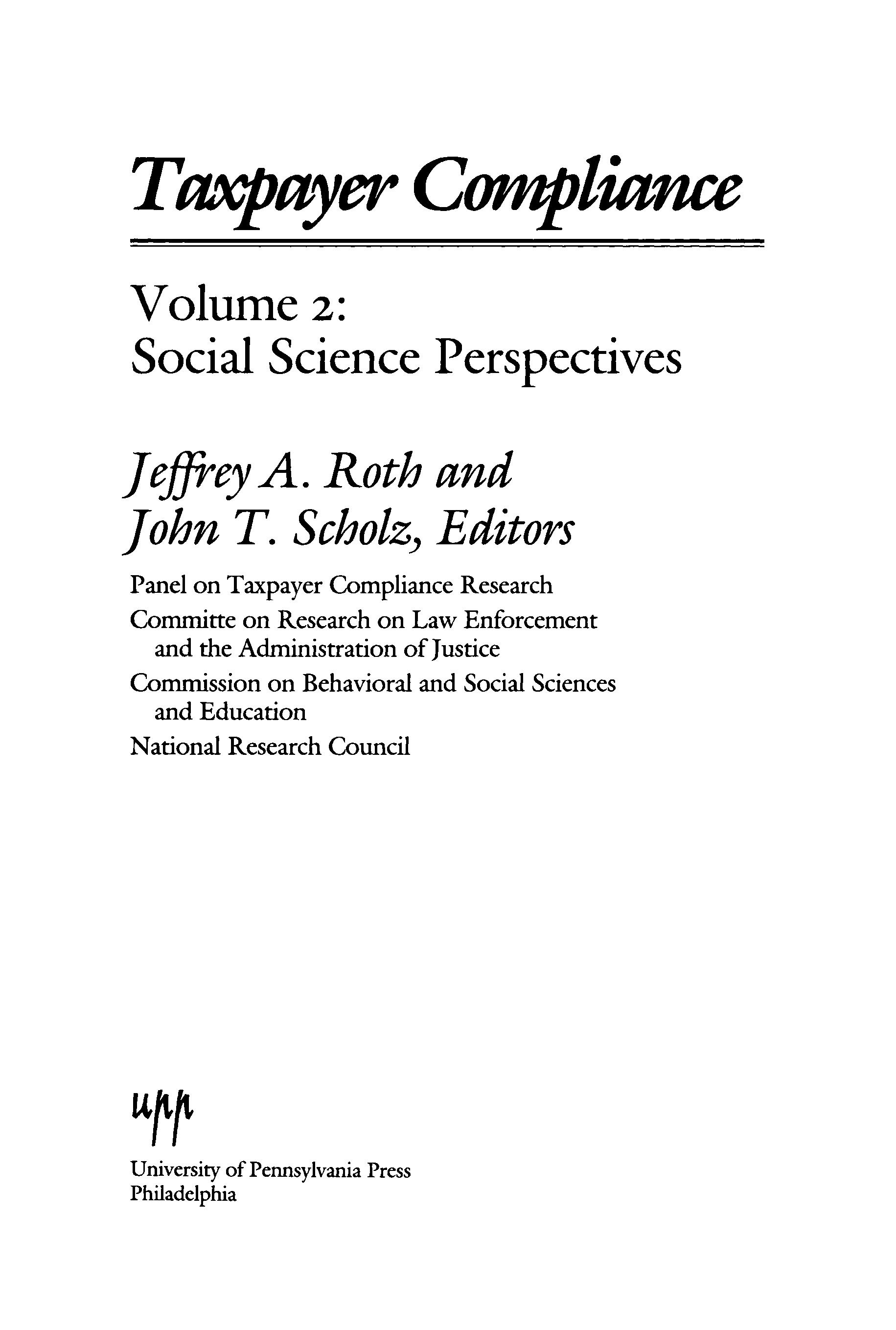
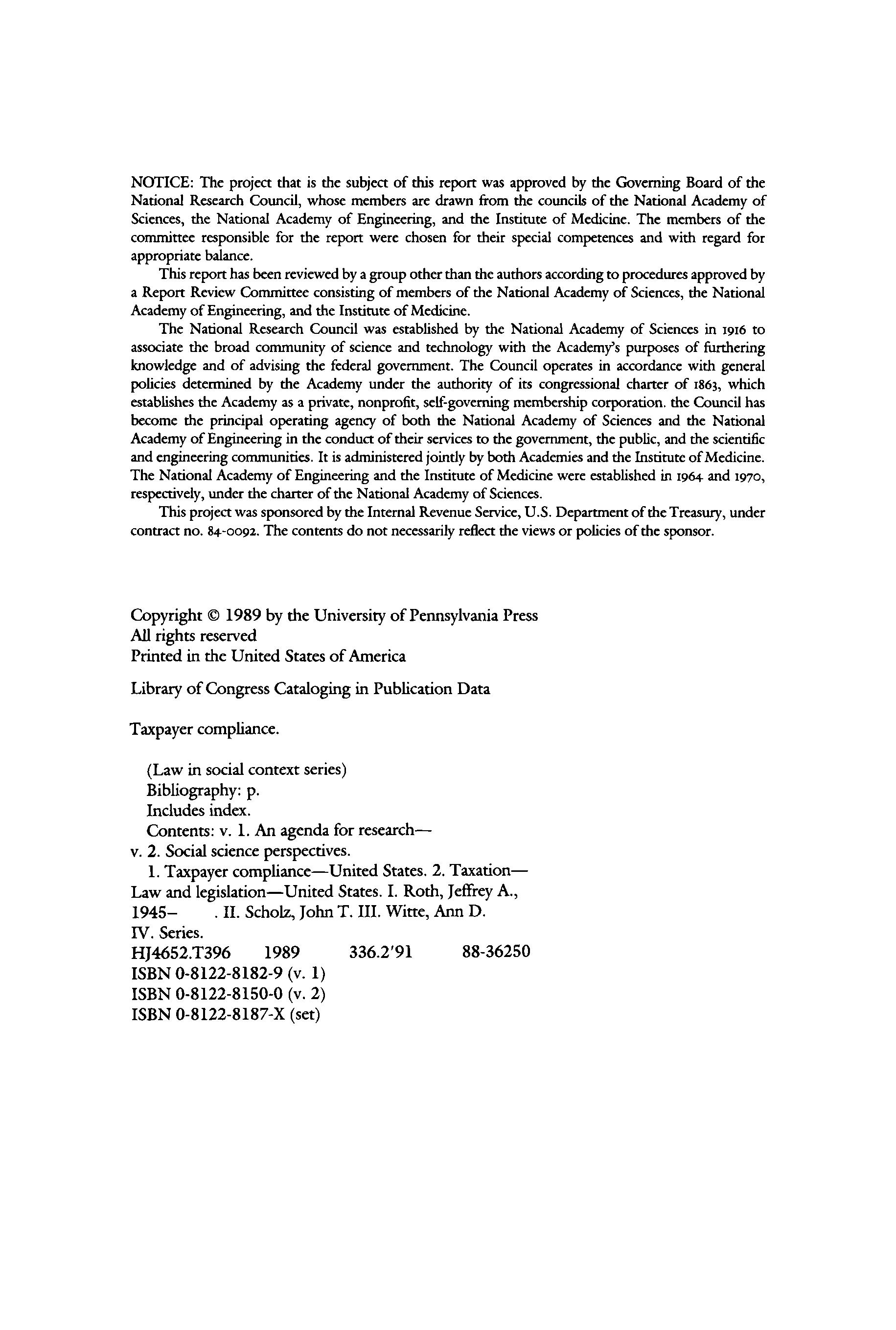
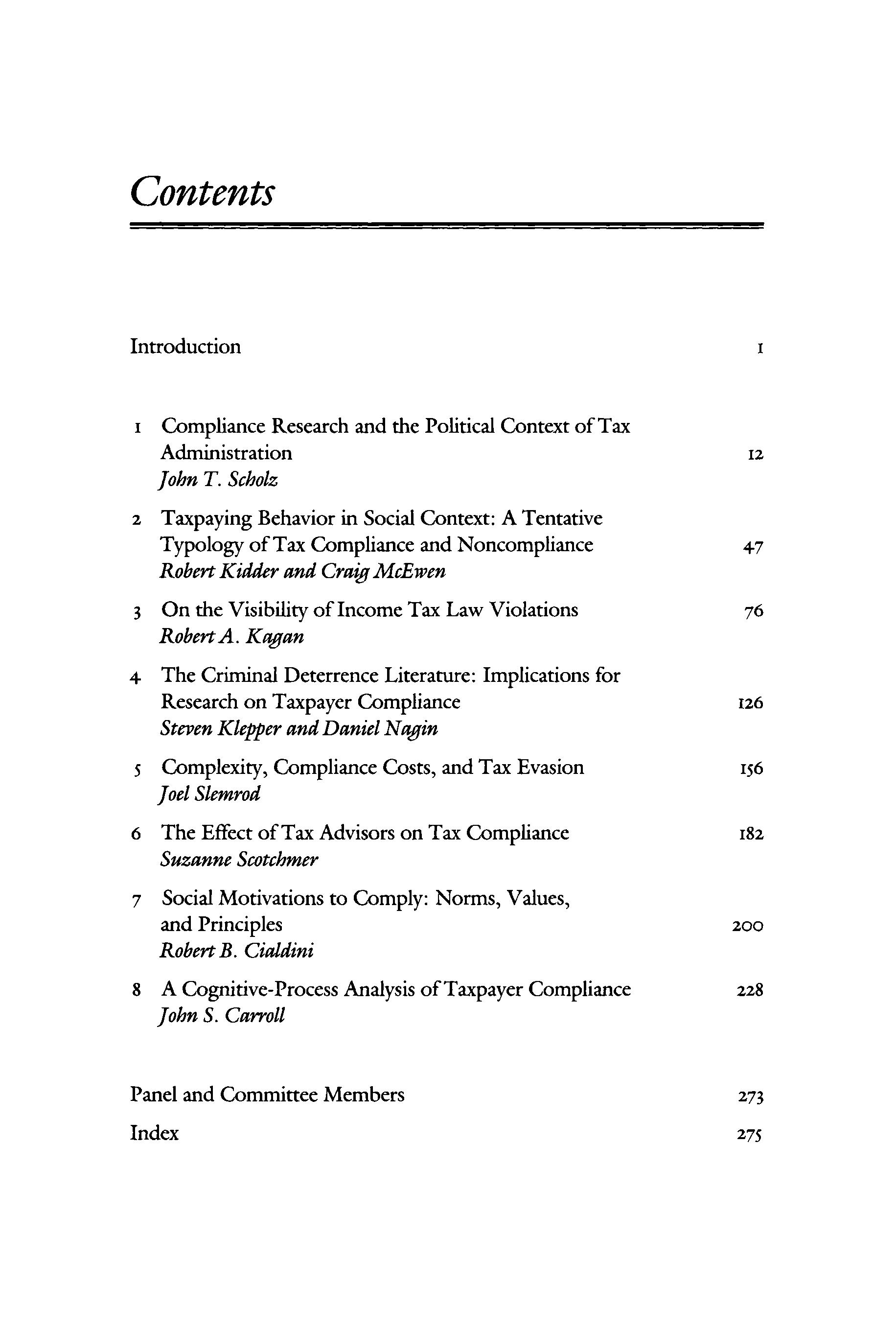

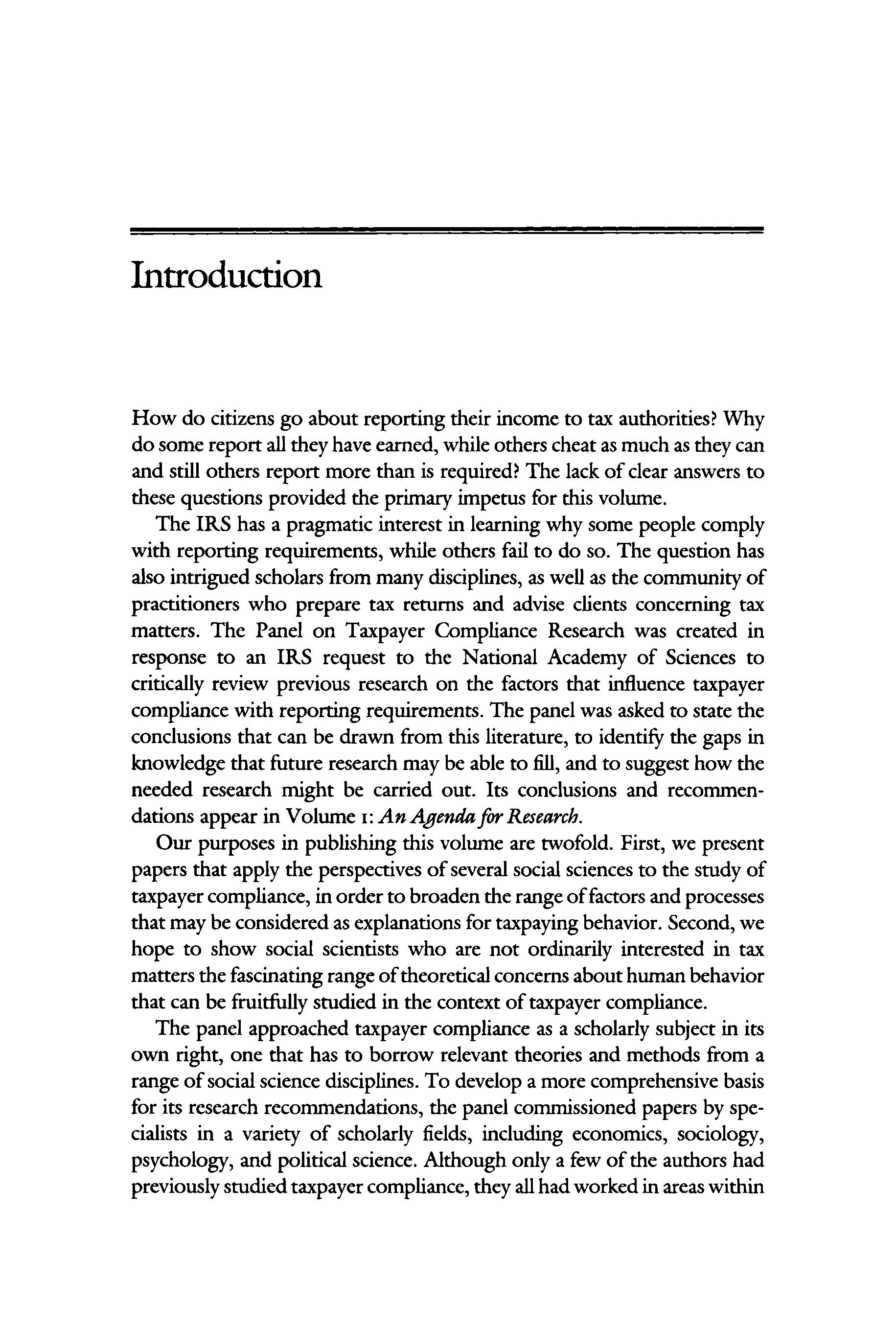
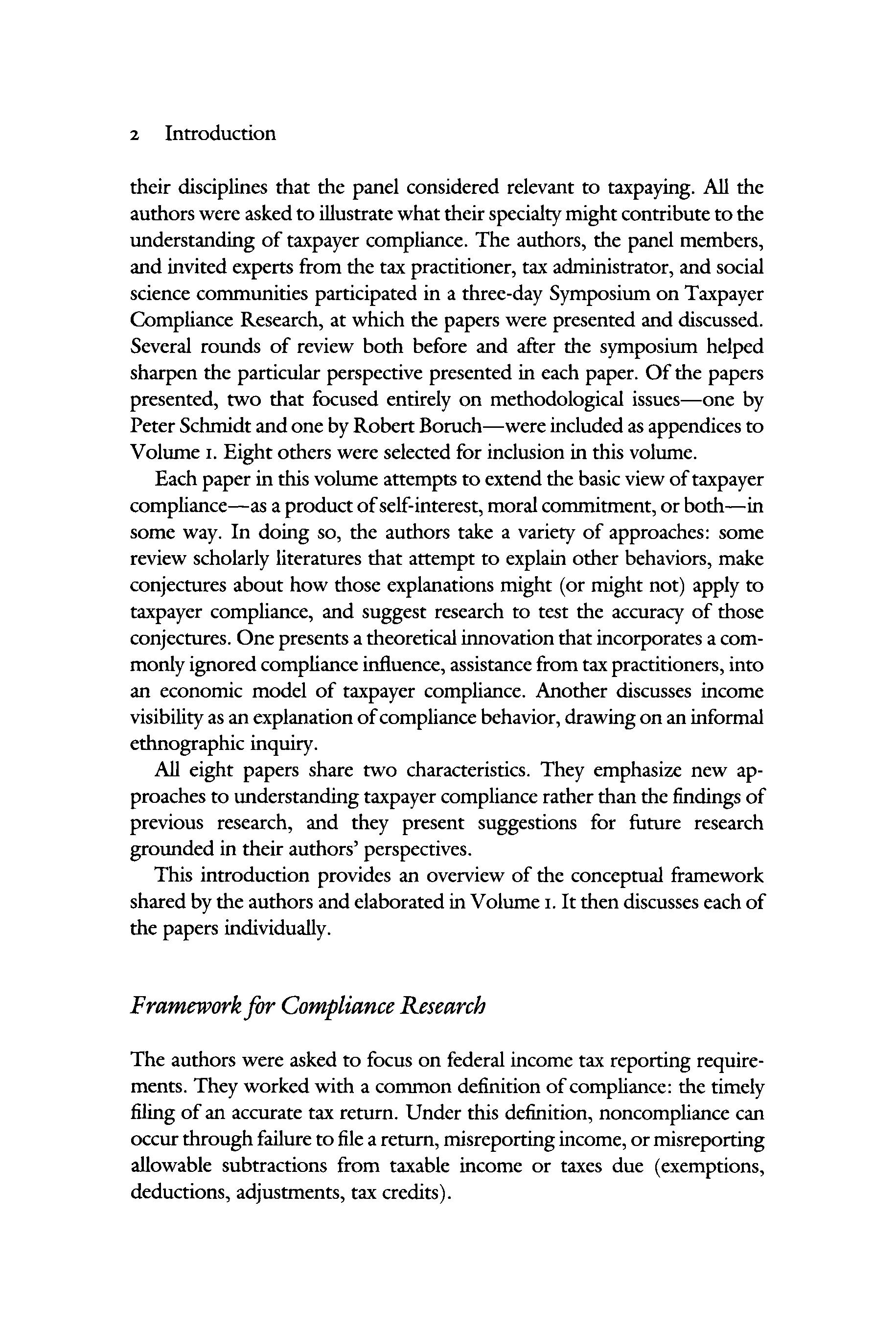
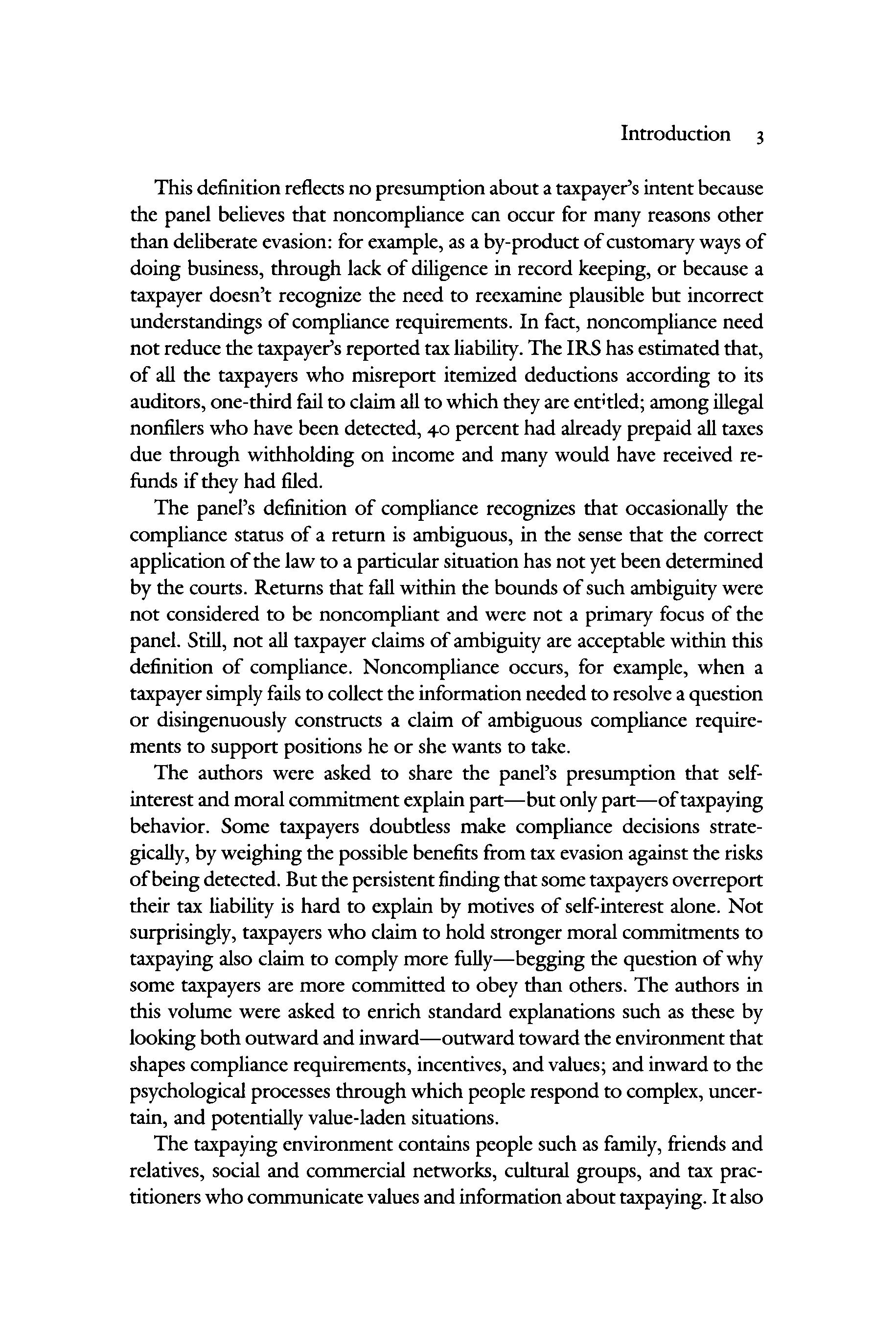
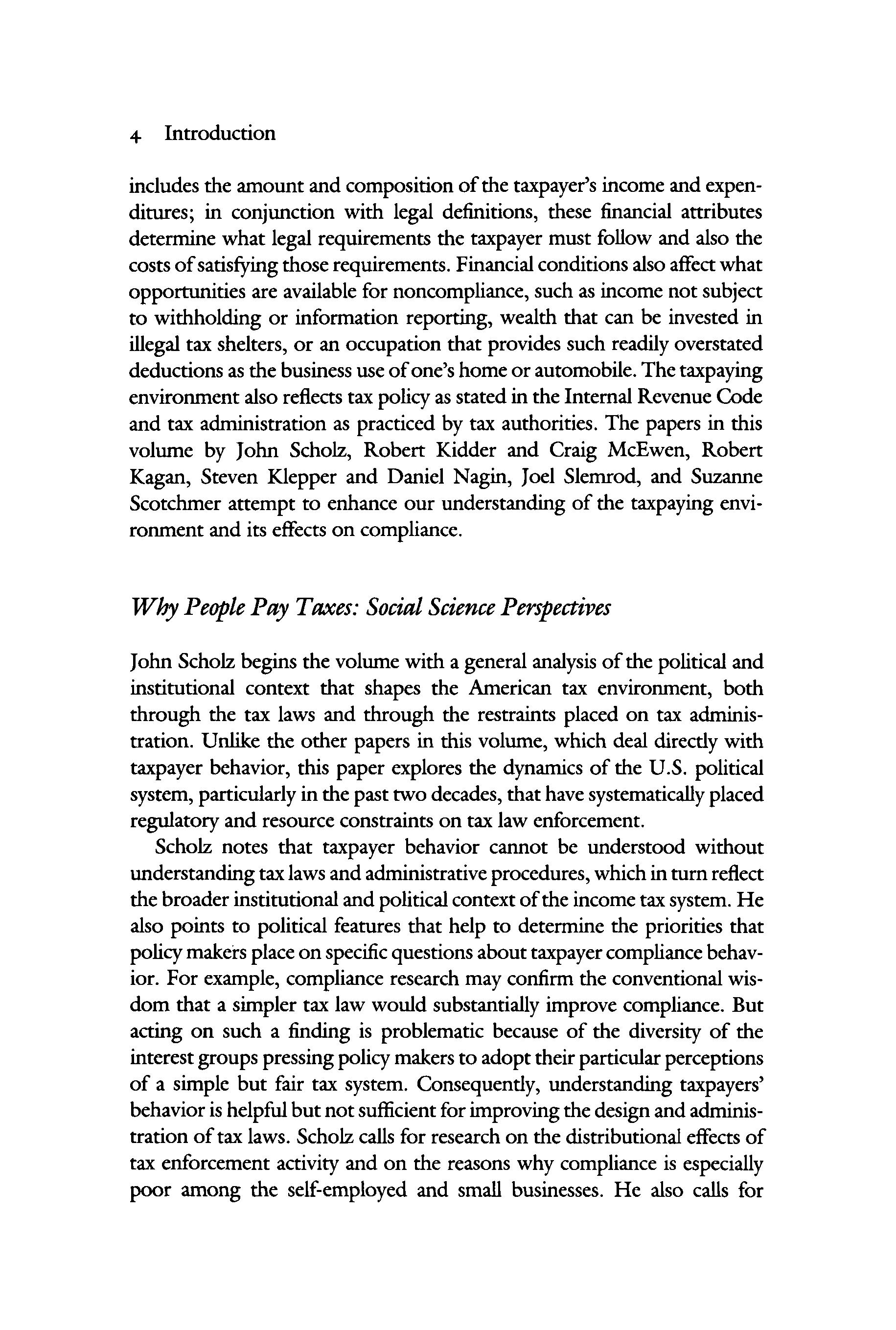
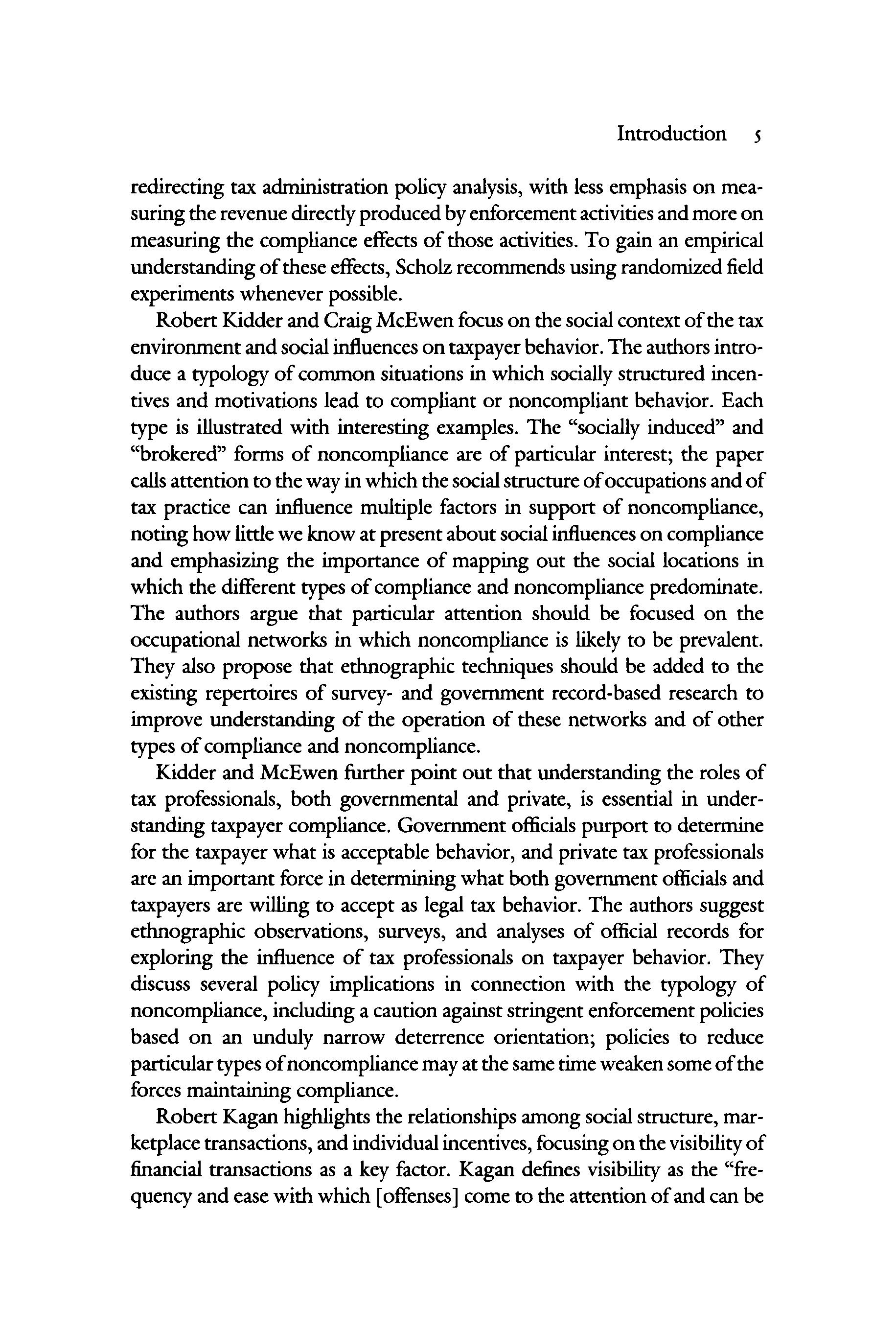
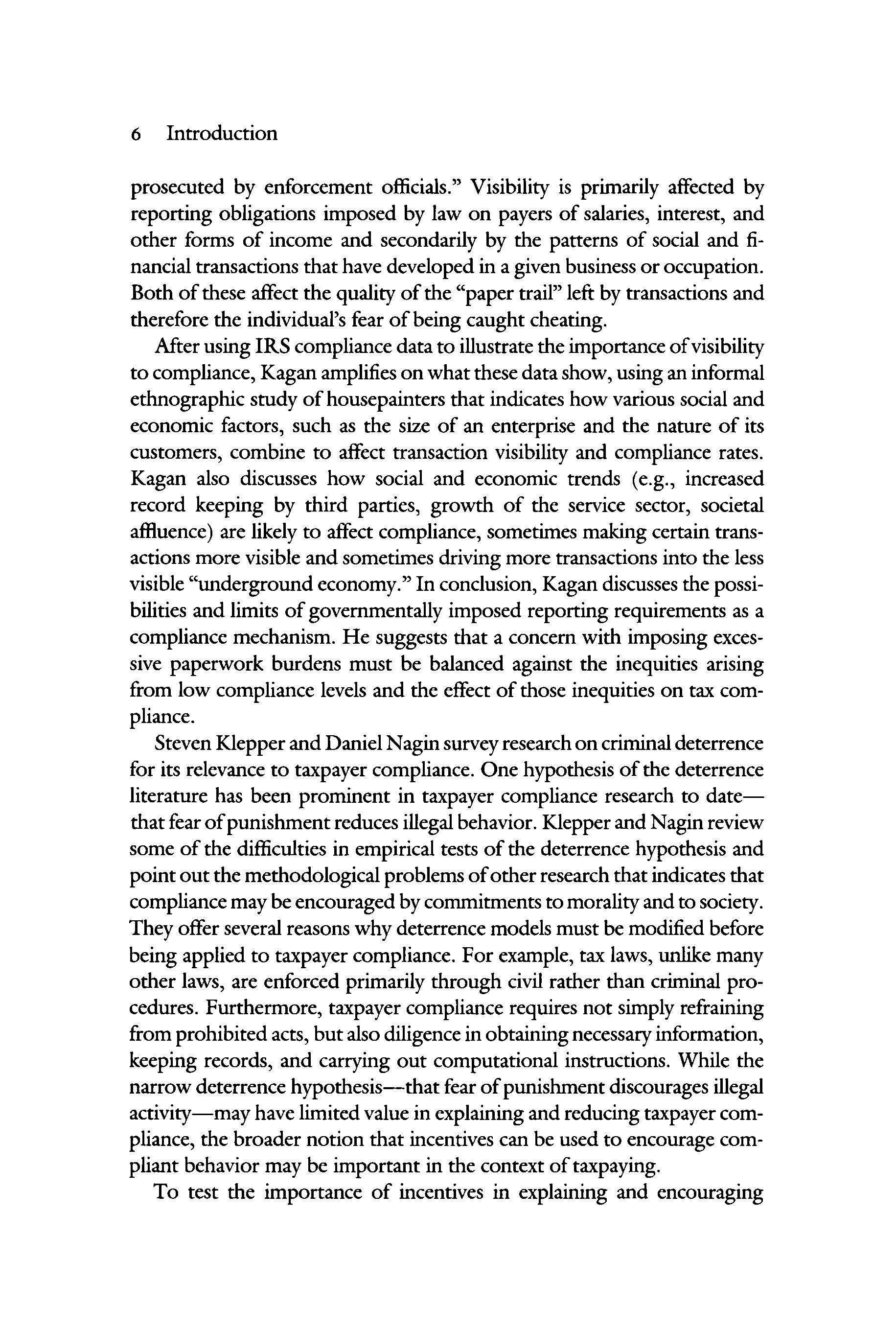
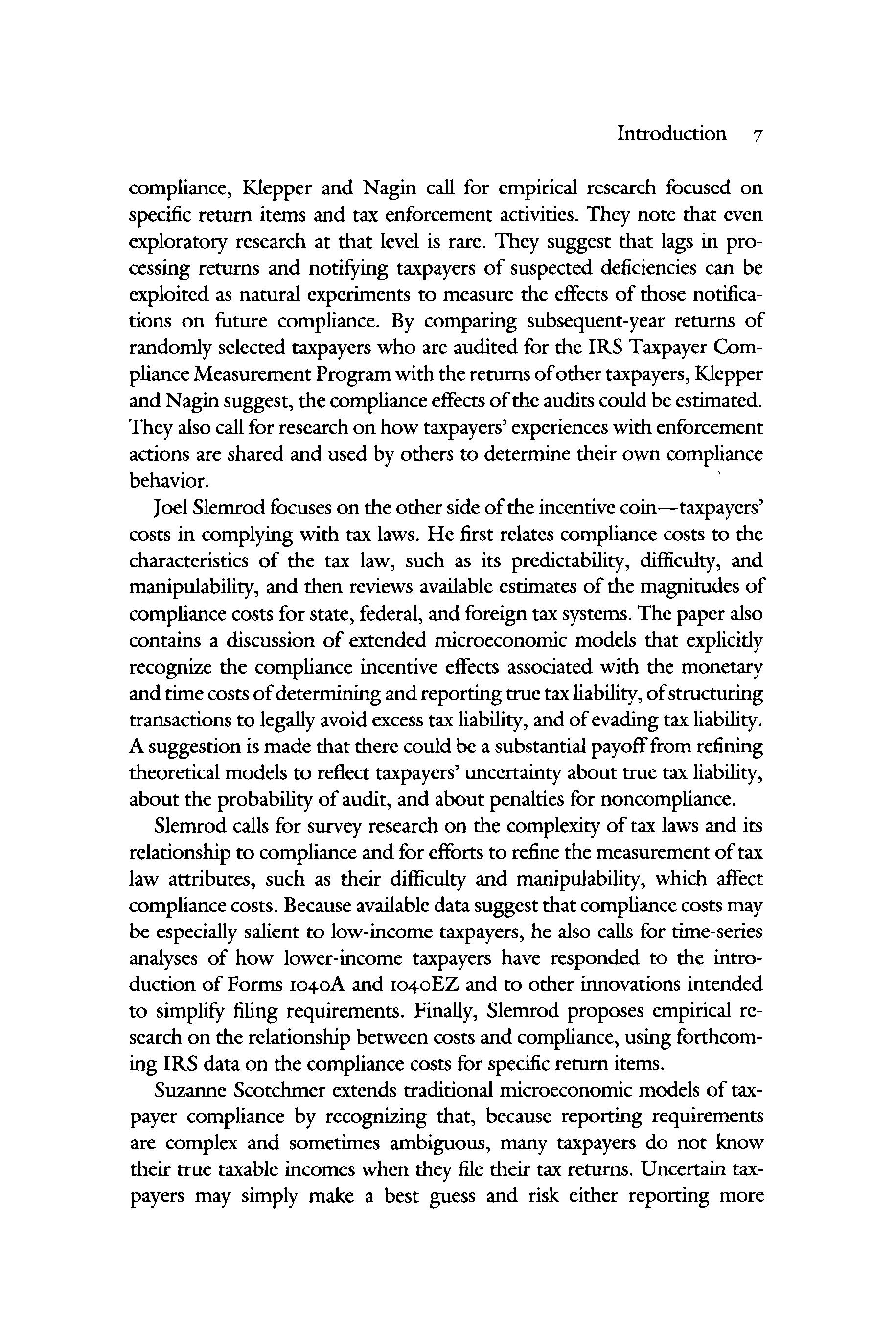
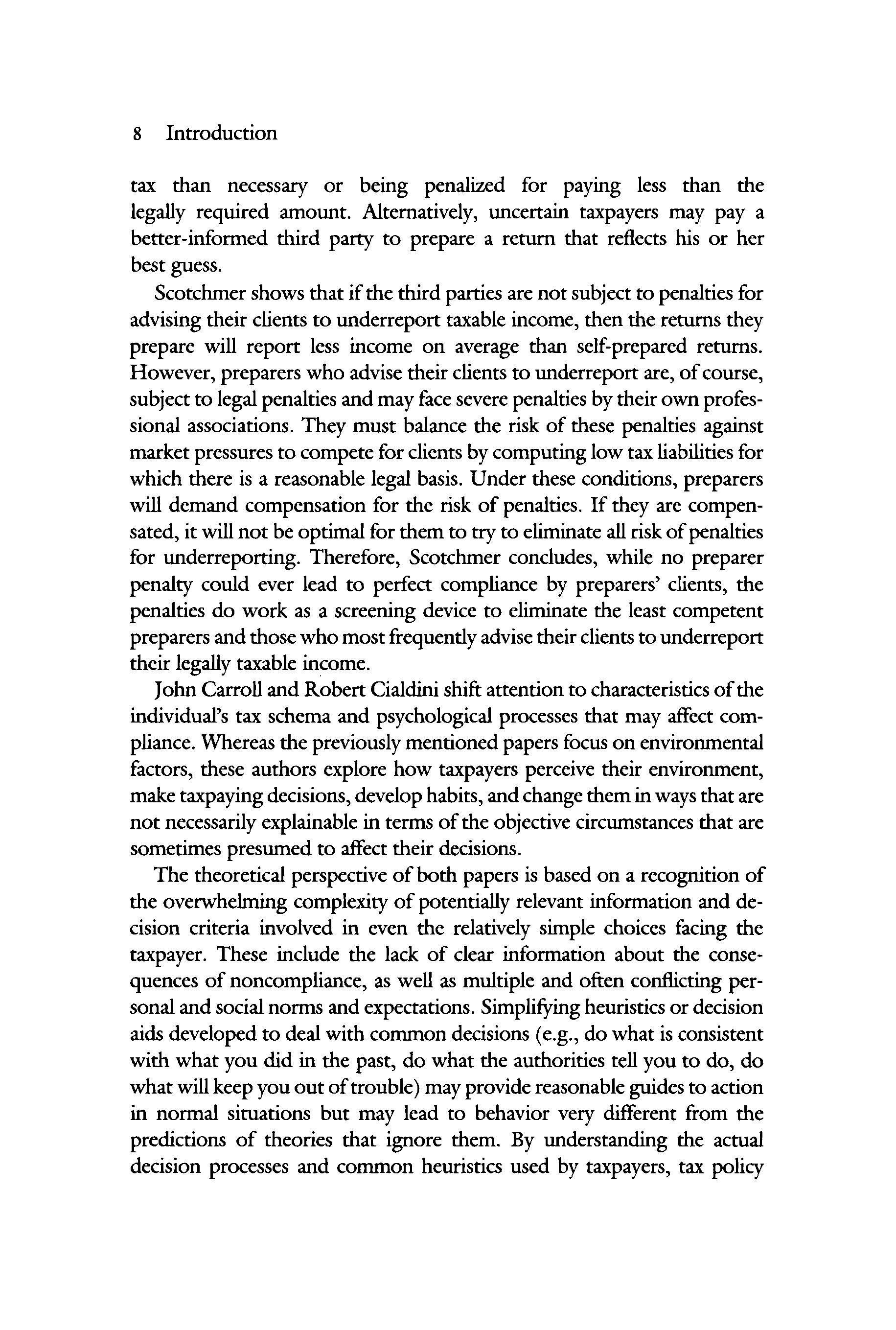
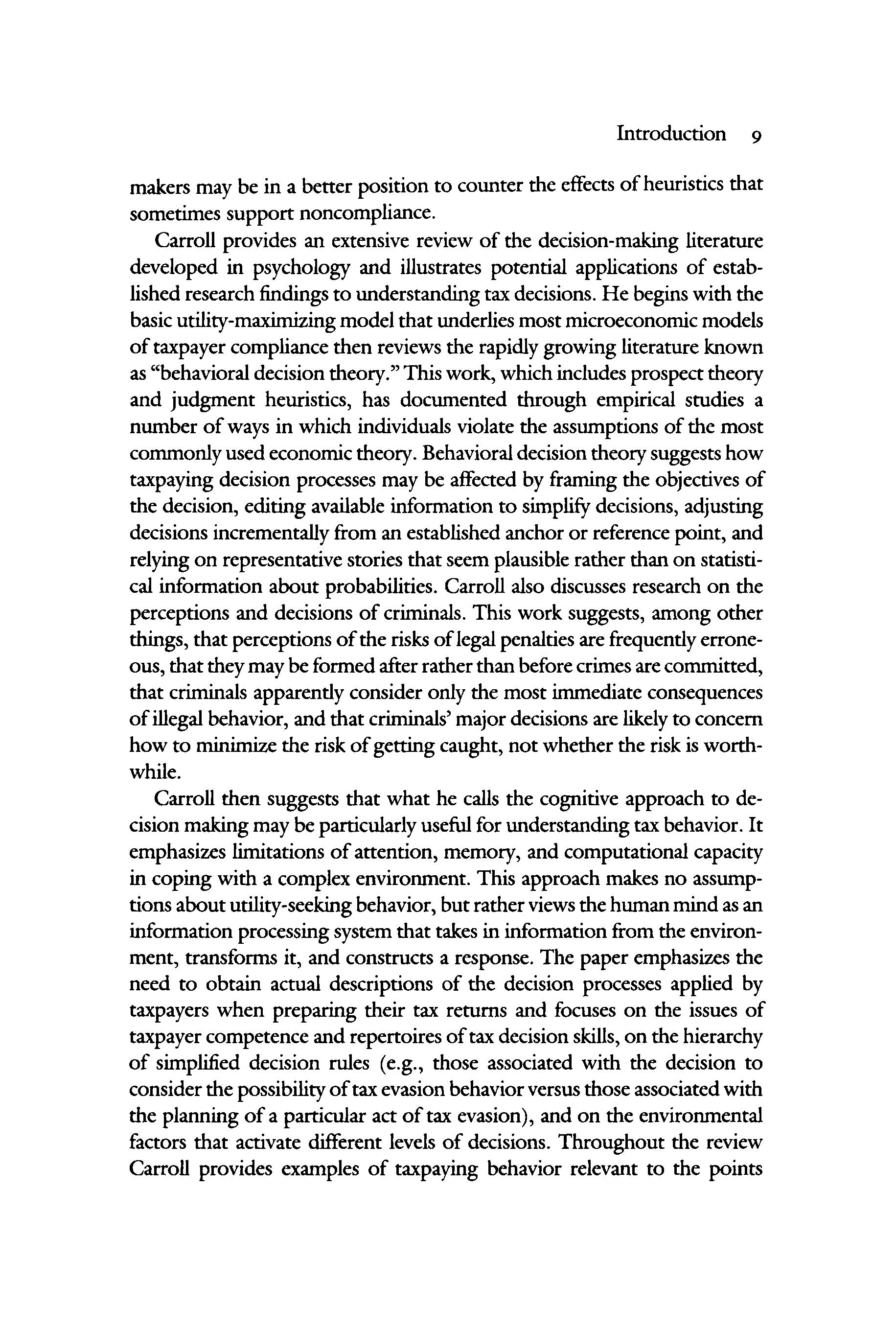
Another random document with no related content on Scribd:
the tender, juicy, yellow flesh; good; stone medium in size, oval, clinging; early.
Big Rose. Domestica. 1. U.S.D.A.Div.Pom.Bul.10:21. 1901.
A variety of English origin introduced into Oregon about 1900.
Bilona. Triflora ×?
Bilona, as yet unintroduced, originated with H. A. Biles, Roanoke, Texas, and is thought by F. T. Ramsey of Austin, Texas, to be a seedling of Chabot probably crossed with some native variety. Tree resembles Chabot; fruit red, coloring long before ripe; quality said to be very good.
Bingham. Domestica. 1. Prince Treat. Hort. 27. 1828. 2. Prince Pom.Man. 2:101. 1832. 3. Downing Fr . TreesAm.272. 1845. 4. Am.Pom. Soc.Rpt.87. 1854. 5. Mathieu Nom.Pom. 422. 1889.
Bingham’s Pflaume 5.
Originated in Pennsylvania. Fruit large, oval, yellow, occasionally with carmine dots on the sunny exposure; suture distinct; cavity narrow and deep; flesh yellowish, juicy, pleasant; good; clingstone; early; at one time highly esteemed.
Biondeck. Domestica. 1. Koch Deut. Obst. 572. 1876. 2. Lauche Deut. Pom. 10, Pl. IV. 1882. 3. Mathieu Nom. Pom. 422. 1889.
Biondeck’s Frühzwetsche 1, 2, 3. Biondeck’srotheFrühzwetsche2. Biondeck’s Rote Früh Zwetsche 3. Précoce Biondeck 3. Quetsche PrécocedeBiondeck3.
Liegel produced this variety from a seed of Early Yellow and named it after his friend Biondeck, of Baden, near Vienna. Tree large, productive; fruit oval, medium, light red; flesh yellowish, sweet, highly flavored; freestone; early; considered valuable for drying.
Birchland. Americana. 1. Can.Exp.FarmBul.2d Ser. 3:49. 1900.
A variety from Minnesota reported as unsatisfactory in British Columbia.
Bittern. Domestica. 1. Mich.Hort.Soc. Rpt.289. 1889. 2. U. S. D. A.Pom.Rpt.25. 1894. 3. CornellSta.Bul.131:182. 1897.
Biltern 3.
A seedling grown by Francis Rivers, Sawbridgeworth, England. Tree productive; fruit above medium or large, oval, purple, with a heavy bloom; dots few, inconspicuous; skin thick, acid; flesh greenish-yellow, firm, juicy, brisk subacid; good; stone long, of medium size, oval, clinging; early.
Bixby. Americana. 1. Ia. Hort.Soc. Rpt.436. 1888. 2. Ia. Sta.Bul. 46:262. 1892. 3. Wis.Sta.Bul.63:29. 1897.
Found on the homestead of Rev. N. W. Bixby, Clayton County, Iowa, in 1847; introduced by C. H. True, Edgewood, Iowa, in 1880. Tree spreading, vigorous; fruit large, roundish-oval; cavity narrow, shallow; suture a line; apex rounded; yellow more or less covered with bright red; dots numerous, small, yellow; skin thick, tender; flesh yellow, sweet but not rich in flavor; good; stone large, flattened, clinging; mid-season.
Black Arabka. Domestica. 1. Am. Pom. Soc. Rpt. 61. 1887. 2. Ia. Hort.Soc.Rpt.86. 1890.
Tchernaya Arabskaya 1. Mixed Arab 2. Black Arab 2. Black Prune 2.
One of the foreign varieties tested by the Iowa Agricultural College.
Black Ball. Domestica. Mentioned in Lond. Hort. Soc. Cat. 144. 1831.
Black Damask. Domestica. 1. Miller Gard.Dict.1754. 2. Am.Gard. Cal.587. 1806. 3. Downing Fr.TreesAm.374. 1857.
SmallDamas1. Little Black Damask 1. Small Black Damask 2.
Black Damask has been confused by the old writers with the common Damson. This plum is a Domestica with a sweet, pleasantly flavored flesh suitable for dessert purposes and ripens much earlier than the Damson.
Black Damask Hasting. Insititia. 1. Quintinye Com. Gard. 68. 1699.
Mentioned by Quintinye as having a “sharp and sourish taste.”
Black Hawk. Americana. 1. Ia. Sta. Bul. 4:95. 1889. 2. Wis. Sta. Bul. 63:29. 1897. 3. Am.Pom. Soc. Cat.37. 1899. 4. Waugh PlumCult.143. 1901.
A wild variety found in Black Hawk County, Iowa. Tree hardy, vigorous, and productive; fruit large, flattened, more convex on the ventral side; suture distinct; deep red; skin thick, tough; flesh yellow, tender, rich; good; stone free, mid-season; listed in the fruit catalog of the American Pomological Society in 1899.
Black Hill. Domestica. 1. Lond.Hort.Soc.Cat.144. 1831.
Cultivated in the Gardens of the London Horticultural Society.
Black Pear. Domestica. 1. Rea Flora208. 1676. 2. Langley Pomona 96. 1729.
A variety of early European origin now obsolete. Fruit pearshaped; skin dark red or black; juicy when fully ripe.
Black Perdrigon. Domestica. 1. Abercrombie Gard.Ass’t13. 1786. 2. Willich Dom.Enc. 4:194. 1803.
Probably a strain of Blue Perdrigon.
Black Prune. Domestica. 1. Ia. Agr . Col. Bul. 51. 1886. 2. Am. Pom. Soc. Rpt. 61. 1887. 3. Ia. Hort. Soc. Rpt. 86. 1890. 4. Ia.Sta.Bul.31:349. 1895.
Arab No. 1 (Budd unpublished). BlackPrune No. 1 3. Black Prune No. 1 4. Black Vengerka 2. Tchernayavengerskaya1, 2.
Black Prune was imported by J. L. Budd of the Iowa Experiment Station from Dr. Regel, St. Petersburg, Russia, in 1881-2, under the name “Tchernaya vengerskaya.” It was received at this Station for trial under the name “Arab No. 1.” It is a small prune of fair quality when eaten out of hand, but becomes sour in cooking.
Black Prunella. Domestica. 1. Rea Flora 207. 1676. 2. Ray Hist. Plant.1529. 1688.
An old European plum. Fruit small, black and very sour; once valued in England for preserves.
Blaisdon. Domestica. 1. Watkins Cat.1892?
Blaisdon’s Red 1.
Fruit medium in size, red; mid-season.
Blaue Reine Claude. Domestica. Mentioned in Mathieu Nom.Pom. 423. 1889.
Liegel’s Blaue Reine Claude. Reine-Claude Bleue. Reine-Claude Violette.SchwarzeReine-Claude.
Blaugh. Americana. 1. Ont.Fr.Exp.Sta.Rpt.6:46. 1899.
A vigorous variety which originated in the Allegheny Mountains. Fruit above medium in size, light purple; bloom heavy; flesh yellow, juicy; good; stone clinging; late; promising.
Bleeker Large Red. Domestica. 1. Cultivator 1:306. 1844.
Mrs. Bleeker’s Large Red 1.
Grown by a Mrs. Bleeker of New York from stones received from Germany. Fruit large, bluish-red, melting and rich; mid-season. Downing gave Bleecker’s Scarlet as a synonym of the Lombard, but he could not have had this plum in mind.
Bleue de Perse. Domestica. Mentioned in Mathieu Nom.Pom. 423. 1889.
Blood Plum. Triflora. 1. Ga. Hort. Soc. Rpt. 54. 1892. 2. Ibid. 96. 1895.
Beni-Smono No. 3 ?1. Blood Plum No. 3 2.
Tree open, straggling, early blooming; fruit small; flesh deep red, juicy, sweet; middle of July.
Blubenthal. Insititia? 1. Can.Exp.FarmsRpt.401. 1898.
Blubenthal Damson 1.
According to the preceding reference the largest of the Damsons. Fruit heart-shaped, deep purple; bloom heavy; flesh green, juicy, sprightly; mid-season.
Blue Apricot. Domestica. 1. Can. Exp. Farm Bul. 2d Ser. 3:49. 1900.
Fruit above medium in size, roundish, flattened at the ends; suture well defined; skin bluish-purple; dots few; flesh greenish-yellow, juicy, sweet; stone small, roundish, free; early.
Blue Egg. Domestica. 1. Lange Allgem. Garten. 2:421. 1879. 2. Oberdieck Deut.Obst.Sort.406. 1881. 3. Mathieu Nom.Pom. 422. 1889.
Bamberger Eier Pflaume 3. Blaue Eierpflaume 2, 3. Blaue Kaiser Pflaume3. Dame-AubertRouge 3. EierPflaume3. Grosse BlaueEier Pflaume3. VioletteKaiserPflaume3 incor.
A European variety similar to the German Prune. Tree large; fruit large, obovate to oval; skin reddish-blue; flesh yellow, aromatically sweet; freestone; mid-season.
Blue Eye. Domestica. 1. Kerr Cat.1894.
Mentioned as of German origin by J. W. Kerr, who obtained the variety from Charles Luedloff, Carver, Minnesota.
Blue Matchless. Domestica. Mentioned in Forsyth Treat. Fr . Trees 21. 1803.
Bluemont. Angustifolia watsoni. 1. Am. Pom. Soc.Rpt. 126. 1889. 2. Bailey Ev.Nat.Fruits222. 1898.
Introduced by E. Gale of Manhattan, Kansas, about 1860. Fruit of medium size, round, flattened, dull red with heavy bloom; flesh yellow, coarse; flavor fair; clingstone; early.
Blue Moldavka. Domestica. 1. Ont. Fr . Gr . Assoc. 1:17, 74. 1894. 2. Ia.Sta.Bul. 31:347. 1895. 3. Kan.Sta. Bul. 101:119, 120 fig. 1901. 4. Budd-Hansen Am. Hort. Man. 2:306. 1903. 5. Can.Exp.FarmBul.43:38. 1903.
Moldavka 1, 3. Voronesh Blue 5.
Blue Moldavka was received from Russia by J. L. Budd of the Iowa Experiment Station about 1882 in a lot of sprouts labeled Moldavka. Tree hardy and productive; fruit large, oblong; suture a line; cavity of medium size; stem short; dark purple; bloom thick; dots numerous, russet; flesh greenish-yellow, firm, dry; flavor not high; quality fair; stone semi-clinging; mid-season.
Blue Plum. Domestica. 1. Horticulturist 7:404. 1852. 2. Downing Fr.TreesAm.900. 1869.
Fruit of medium size, roundish-oval; suture obscure; skin dark blue with light bloom; flesh yellowish-green, juicy, sweet and refreshing; clingstone; early.
Blue Primordian. Domestica. 1. Parkinson Par. Ter. 575. 1629. 2. ReaFlora206. 1676.
An old variety of the same shape as the Red Primordian but smaller and of a violet-blue color; of good taste; ripens early, productive.
Blue Prolific. Domestica. 1. Flor . andPom. 89. 1876. 2. Hogg Fruit Man.722. 1884. 3. GuidePrat.156, 356. 1895.
BlueProlific3. Fertile Bleue 3. Rivers’BlueProlific2. Rivers No. 4 1.
Tree hardy, productive; fruit below medium in size, oval, slightly narrowed at the stem end; cavity and suture shallow; dark purple,
with thin bloom; flesh dull greenish-yellow, juicy; flavor brisk and agreeable; a cooking plum; stone clinging; ripens early.
Blue Prune. Domestica. 1. Hoffy Orch.Comp. 2. 1842.
Hoffy published a colored engraving of this variety, but did not describe it. Fruit long-oval; suture deep; dark blue.
Blue Rock. Domestica. 1. Can.Exp.FarmsRpt.423. 1903.
A seedling from Thomas Rivers, England. Tree upright, productive; fruit of medium size, round; cavity small; suture distinct; dark purple; dots small, gray; flesh yellow, juicy, sweet, rich; clingstone; early.
Blue Tweens. Domestica. 1. Horticulturist 25:204. 1870. 2. Am. Pom.Soc.Rpt.52. 1871.
A seedling, raised by G. P. Peffer of Pewaukee, Wisconsin, about 1855. Tree hardy, slow in growth; fruit in pairs, giving rise to the name; flesh yellowish-green, adhering to the stone on one side; flavor sprightly subacid; late.
Blue Violet. Domestica. Mentioned in Ray Hist. Plant. 2:1528. 1688.
Blum. Domestica. 1. Cultivator3d Ser. 8:280 fig. 1860. 2. Downing Fr.TreesAm.900. 1869.
A seedling from North Carolina resembling Nelson’s Victory in color and shape. Size above medium, oval, dull orange with numerous small brown dots; flesh yellowish-brown, juicy; good; early.
Bohemian Prune. Domestica. 1. Kerr Cat.1894.
Introduced by J. W. Kerr, who secured plants from Charles Luedloff, Carver, Minnesota. Tree upright, vigorous, productive; fruit large, roundish-oval, dark purple; good.
Bomberger. Americana. 1. Terry Cat. 1900. 2. Wis. Sta. Bul. 87:12. 1901.
A variety grown by H. A. Terry of Crescent, Iowa, from seed of Harrison; first fruited in 1897. Tree upright, vigorous, productive; fruit large, roundish; suture faint; yellow overlaid with red; flesh tender, sweet, rich; good; stone round, smooth, abruptly pointed; mid-season.
Bongoume. Triflora. 1. Normand Cat.1891.
Sold by J. L. Normand, Marksville, Louisiana, as a Japanese plum resembling an apricot.
Bonne Bouche. Domestica. 1. Thompson Gard,Ass’t 4:156. 1901.
Of French origin. Fruit medium, greenish-yellow; flesh goldenyellow, tender, juicy; flavor delicious; mid-season; valuable for dessert.
Bonne de Bry. Domestica. 1. Can. Exp. Farm Bul. 2d Ser. 3:50. 1900. 2. Can.Exp. Farms Rpt. 480. 1904. 3. Soc. Nat. Hort. FrancePom.526 fig. 1904.
Originated in the valley of the Marne near Bry-sur-Marne, France. Tree vigorous; fruit below medium, globular; suture shallow; skin dark purple; heavy bloom; flesh greenish, juicy, sweet, tender; good for canning; stone very small; very early.
Bonnemain de la Digue. Domestica? 1. Mathieu Nom. Pom. 423. 1889.
Found in the reference given above and in Journal de la Societe NationaleetCentraled’HorticulturedeFrance562. 1875.
Bonne Rouge. Domestica. Listed in Lond. Hort. Soc. Cat. 144. 1831.
Bonnet d’Eveque. Domestica. 1. Hogg Fruit Man. 353. 1866. 2. Downing Fr . TreesAm.900. 1869. 3. Mathieu Nom.Pom.422. 1889. 4. GuidePrat.163, 352. 1895.
Bischofsmütze 3. Bonnetd’Eveque3. DieBischofsmütze4.
Tree vigorous, upright; fruit medium, obovate, dark purple; flesh rich; freestone; good; late.
Bossland. Hortulana mineri × (Domestica? × Hortulana). 1. Ia.Sta. Bul.46:263. 1900.
A cross between Miner and a seedling of Quackenboss and Wayland, originating with Theodore Williams, Benson, Nebraska, in 1893. Tree vigorous, spreading; fruit medium, dark red; flesh coarse, dry; stone semi-clinging; mid-season.
Boulouf. Domestica. 1. Downing Fr . Trees Am.901. 1869. 2. Hogg FruitMan.688. 1884. 3. N.Y.Sta.An.Rpt. 15:291. 1896.
Bouloff 3.
Large, roundish-oval; suture a line; stem short and thick; red covered with thick bloom; dots brownish; flesh yellow, juicy and sweet; good.
Bouncer. Americana. 1. Can.Exp.FarmBul.43:29. 1903.
A seedling of Yosemite Purple grown at the Central Experimental Farm, Ottawa, about 1900. Fruit large, roundish; suture a line; uniform deep purplish-red; dots numerous, yellow, distinct; moderate bloom; flesh deep yellow, juicy, sweet and rich; good; clingstone; mid-season.
Bower. Domestica. 1. Am.Pom.Soc.Rpt.122. 1860. 2. Gard.Mon. 3:314. 1861.
Bower’s Gage 1, 2.
A seedling raised by a Mr. Bower of Philadelphia about 1850. Tree lacking in vigor; fruit oblong, yellow, like Lawrence; probably of Reine Claude parentage; good.
Bowle. Domestica. 1. Parkinson Par. Ter. 576. 1629. 2. Rea Flora 207. 1676.
Bole2.
Described by Rea as of “middle size, black, flat on one side and well tasted.”
Brackett. Americana. 1. Terry Cat.1900.
One of H. A. Terry’s varieties coming from a seed of Harrison. Tree strong, upright and productive; fruit large, pale yellow overspread with dark red; flesh yellow, firm; good; stone semi-clinging.
Brahy. Domestica. 1. Hogg Fruit Man. 353. 1866. 2. Downing Fr . TreesAm.901. 1869. 3. Mathieu Nom.Pom.445. 1889.
Brahy’s Green Gage 1, 2. Brahy’s Green Gage 3. Reine-Claude de Brahy1, 2, 3. Reine-Claude von Brahy 3.
Supposed to have been raised by M. Brahay Eckenholm, at Herstal, near Liege, Belgium. Fruit very large, round; suture distinct; skin yellowish-green, with fine bloom; flesh rich yellow, tender, juicy, very rich flavor; mid-season; a trifle later than Reine Claude, which it otherwise resembles.
Brainerd. Americana. 1. Cornell Sta. Bul. 38:36. 1892. 2. Waugh PlumCult.144. 1901.
Brainerd’sBest2.
A wild variety found in Ramsay County, Minnesota, prior to 1884. Fruit small; poor; worthless.
Brandon Ruby. Nigra. Mentioned in Can. Exp. Farm Bul. 43:39. 1903.
Brandy Gage. Domestica. 1. Hogg Fruit Man. 371. 1866. 2. Fell Cat.1893. 3. GuidePrat.163, 352. 1895. 4. Garden 62:433. 1902.
ImpérialedeMann3. Mann’sImperial1, 3. Mann’sBrandyGage1, 3.
A variety of European origin resembling a small Golden Drop. Fruit small, yellow, with heavy bloom; flesh melting and sweet; good; early.
Brant of Naples. Domestica. 1. Can. Hort. Soc. An.Rpt. 19:253. 1896.
Mentioned as hardy. This variety may be the same as Beauty of Naples.
Brauman. Domestica. 1. Can.Exp.FarmsRpt.547. 1901.
An unproductive German variety. Fruit medium in size, globular; stem short; suture a line; skin greenish-yellow; flesh green, coarse, dry, sweet, pleasant; stone clinging; early.
Braunauer Damascenenartige Pflaume. Species? Mentioned in Mathieu Nom.Pom.423. 1889.
Breck. Triflora ×? 1. Vt.Sta.Bul. 67:7. 1898. 2. Waugh PlumCult. 204. 1901.
First offered for sale in 1899 by F. T. Ramsey of Austin, Texas. Fruit oblong or slightly conical, medium in size; stem short; suture lacking; bright red, indistinctly striped; dots many, small, white, inconspicuous; bloom light; flesh red, fibrous; clingstone; much like Wild Goose, but somewhat firmer.
Brevoort Purple. Domestica. 1. Kenrick Am. Orch. 203. 1835. 2. Am.Pom.Soc.Cat.222, 244. 1858. 3. Downing Fr . TreesAm. 901. 1869. 4. Mathieu Nom.Pom.448. 1889.
Brevoorfs Purple 4. Brevoort’s Purple Bolmar 1. Brevoort’s Purple Washington 1, 3, 4. Brevorts 2. Brevort’s Purple 3. Brevort’s Purple 4. Brevorts’ Purple Bolmar 4. Brevorts Purple Bolmar 3. New York Purple3, 4. Rote Washington 4. RougedeBrevoort4. Washington 4. WashingtonPurple3, 4.
A seedling grown by Henry Brevoort of New York from a stone of Washington planted in 1819. Fruit large, oval; suture distinct at the base; skin reddish-purple; flesh yellow, soft, juicy, vinous; clingstone; mid-season; rejected by the American Pomological Society.
Briancon. Domestica? 1. Lond.Hort.Soc.Cat.144. 1831. 2. Prince Pom.Man. 2:105. 1832. 3. Poiteau Pom.Franc.1. 1846.
De Briançon 1, 3. PrunedeBriancon3. PrunedeBrigantiaca2, 3.
A variety indigenous to the Alps in southeastern France. Trees grow to the height of eight or ten feet; fruit small, nearly round,
smooth, yellow, with reddish tinge; flesh yellow; freestone. The stone contains a bitter kernel, from which is extracted a valuable oil. Prince considered the tree a hybrid between the plum and the apricot.
Brignole. Domestica. 1. Miller Gard. Dict. 3. 1754. 2. Knoop Fructologie2:55. 1771. 3. Lond.Hort.Soc.Cat.151. 1831. 4. Prince Pom. Man. 2:67. 1832. 5. Floy-Lindley Guide Orch. Gard.295, 383. 1846.
Prune de Brignole 1. BrignolePlum1. Brignole Jaune 2. Perdrigon de Brignole Gros 3. Perdrigon de Brignole ?4. Brignole Jaune 5. PrunedeBrignole5.
The Brignole plum is named from Brignoles, a town in France where it is used with the White Perdrigon for the famous Brignoles Prunes. Duhamel and several others have confused the two varieties but they seem to be distinct. The Brignole is larger, its skin less tough, flesh more yellow and the season later than White Perdrigon.
Brignole Violette. Domestica. 1. Knoop Fructologie 2:55. 1771. 2. Quintinye Com. Gard. 68, 69. 1699. 3. Cal. State Bd. Hort. Rpt.107. 1891.
Brugnole2. Brignole2. Brignole 3.
This seems to be a purple strain of the Brignole which has found its way into California. Fruit oval, medium in size, violet; dots light yellow, yellow spots on the sunny side; flesh greenish-yellow, tender, juicy, sweet; freestone; best adapted to a warm climate.
Brill. Cerasifera. 1. Gard. Mon. 17:305. 1875. 2. Vt. Sta. An.Rpt. 13:368. 1900. 3. Waugh Plum Cult. 230. 1901. 4. Ga. Sta. Bul.67:272. 1904.
This plum is thought to have originated in Mississippi and was introduced by J. T. Whitaker, Tyler, Texas. Tree vigorous, with an upright-spreading habit; fruit small, round; cavity broad, shallow; stem long, slender; suture a line; bright red with yellow dots; bloom thin; skin thin; flesh yellow, soft, juicy; quality fair; stone small,
clinging; early; listed in the American Pomological Society catalog of fruits for 1875 but removed in 1883.
Bristol. Domestica. 1. Ill.Hort.Soc.Rpt.212. 1904.
Bristol, as tested in Illinois, is very similar to, if not identical with the Lombard.
Briton Seedling. Domestica. 1. MontrealHort.Soc.Rpt.92, 1885.
An unproductive seedling of Canadian origin. Fruit of medium size, very dark blue; bloom heavy; flesh greenish, firm, juicy, sweet and pleasant; late.
Brittlewood. Americana. 1. Wis.Sta.Bul. 63:30. 1897. 2. U. S. D. A.Yearbook477, 478, Pl. LXII. 1902.
BrittlewoodNo. 1 2.
Theodore Williams of Benson, Nebraska, grew this variety from seed of Quaker pollinated by Harrison. Tree large, vigorous, spreading; fruit large, nearly round, symmetrical; cavity small, shallow; stem medium; suture shallow; dark red when fully ripe; dots numerous, small; bloom thick; skin thick, tenacious; flesh yellowish, meaty, juicy, mild subacid, rich; good; stone oval, large, clinging; mid-season.
Brittlewood No. 3. Americana. 1. Kerr Cat.5. 1898.
From the same source as Brittlewood but from the reciprocal cross. The two varieties are similar in all respects except that Brittlewood No. 3 is about a week earlier.
Britzer Egg. Domestica. 1. Can.Exp.FarmsRpt.548. 1901.
Originated in Germany. Tree productive; fruit below medium size, egg-shaped; stem short; suture wide, shallow; yellow; bloom thin; flesh yellow, juicy, sweet, pleasant; stone large, semi-clinging; midseason.
Brock. Species? 1. Can.Hort.18:350. 1895.
General Brock 1.
A seedling grown by J. K. Gordon of Whitby, Ontario. Said to be early and attractive.
Brodie. Domestica. 1. Can.Exp.FarmBul.43:33. 1903.
A seedling tree known in the family of R. Brodie, Montreal, Quebec, for three generations. Fruit below medium, almost round, dark purple; dots obscure; suture a line; flesh greenish-yellow, sweet, rich; good; mid-season.
Brompton. Domestica. 1. Lond.Hort.Soc.Cat.144. 1831.
An old variety formerly much used as a stock.
Brooklyn. Americana. 1. Terry Cat.1900.
A seedling of Harrison grown by H. A. Terry, Crescent, Iowa. Tree vigorous, spreading, productive; fruit large, oblong, dark red over a yellow ground; flesh firm, yellow; good; stone semi-clinging.
Brunner Zwetsche. Domestica. 1. Mathieu Nom.Pom.424. 1889.
Undescribed by Mathieu who took the name from WienerGartenZeitung286. 1884.
Brunswick. Munsoniana. 1. Lovett Cat. 44. 1893. 2. Budd-Hansen
Am. Hort. Man. 294. 1903. 3. Ohio Sta. Bul. 162:245, 254, 255. 1905.
According to the Lovett Nursery Company, this plum originated in Missouri and was introduced by them. Fruit above medium, roundish-oval; stem of medium length, slender; bright red on a yellowish ground; flesh yellow, meaty, sweet; good; early.
Brussels. Domestica. Mentioned in Lond.Hort.Soc.Cat.144. 1831.
Bryan. Americana. 1. Waugh PlumCult.144. 1901.
W.J.Bryan1. ColonelBryan1.
One of H. A. Terry’s numerous seedlings which fruited first in 1896. Fruit large, oblong, rich, dark red; flesh firm; good.
Buchanan. Domestica. Mentioned in Lond. Hort. Soc. Cat. 144. 1831.
Buchner Konigspflaume. Domestica. Listed in Mathieu Nom.Pom. 424. 1889. Braunauer Königs Pflaume. Braunauer Violetter Perdrigon.RoyaledeBraunau.
Budd. Americana. 1. Terry Cat.1900.
Prof.Budd1.
Originated with H. A. Terry of Iowa and first fruited in 1897. Tree upright, productive; fruit large, bright red, with numerous white dots; flesh firm; good; mid-season.
Buel. Domestica. 1. Downing Fr . TreesAm.272. 1845. 2. Ann.Pom. Belge8:59, Pl. 1860. 3. Mathieu Nom.Pom.424. 1889.
Buel’s Favorite 1. Buel’s Liebling’s Zwetsche 3. Buel’s Favorite 3. FavoritedeBuel3. Prune Buel’s Favorite 2.
Raised about 1840 by Isaac Denniston of Albany and named after the distinguished agriculturist, Judge Buel. Fruit large, ovate, broadest toward the stem; stalk long and thick; pale green, thickly sprinkled with lighter dots and speckled red near the stalk; flesh greenish-yellow, firm, juicy and rich; good; stone nearly free; midseason.
Buffalo Bill. Species? 1. Letter from F. T. Ramsey. Selected from the wild plums of Texas.
Buhl-Eltershofen. Domestica. Mentioned in Mathieu Nom. Pom. 424. 1889.
Buhl-EltershofenZwetsche.
Buhler. Domestica. 1. Lucas Vollst.Hand.Obst.473. 1894.
Buhler’s Early Prune 1.
Fruit of medium size, egg-shaped, beautiful blue; table and market plum; early.
Bulah No. 4. Hortulana mineri. 1. Ia.Sta.Bul.46:263. 1900.
A seedling from a Miner tree pollinated by wild plums, from J. F. Wagner, Bennett, Cedar County, Iowa, in 1894. Fruit medium to large, dark red; late.
Bullman. Domestica. 1. Can.Exp.FarmsRpt.464. 1900.
A vigorous variety from Germany. Fruit above medium, oval; suture deep; sides unequal; yellow with red dots; flesh greenishyellow, juicy, sweet, pleasant; freestone; early.
Bulgaria. Domestica? 1. Mathieu Nom.Pom.424. 1889.
Mathieu refers this variety to Pomologische Monatshetfe 323. 1887.
Bulgarian. Domestica. 1. Cal. Sta. Bd. Hort. 292. 1885-6. 2. Ibid. 107 fig. 1891. 3. Wickson Cal. Fruits 357. 1891. 4. N. Mex. Sta.Bul.27:126. 1898.
Belgarian Prune 1.
A variety grown chiefly in the vicinity of Haywards, Alameda County, California, for drying. Tree vigorous, bears early and regularly, productive; fruit above medium, roundish-obovate, having a short neck; suture shallow; apex slightly compressed; stem slender, one inch long; cavity narrow and shallow; dark purple; flesh greenish-yellow, sweet and rich with a pleasant flavor; good; stone semi-clinging; season early.
Bullock. Domestica. 1. Quintinye Com.Gard.69. 1699.
Bullock’s Heart 1.
Described as an “extream large plum.”
Bull Plum. Domestica. 1. Quintinye Com.Gard.68. 1699.
Mentioned by Quintinye as a “dry plum.”
Bunker Hill. Domestica. 1. Bailey Ann.Hort.196. 1891. 2. Me.Sta. An.Rpt. 12: 64. 1896. 3. Vt.Sta.Bul.134:41. 1902.
Plattman’sBunkerHill1.
Originated at the Yates County Nurseries near Seneca Lake, New York, by J. H. Plattman, from a seed of a plum which grew near a Washington and a Reine Claude. Tree upright, vigorous and productive; fruit medium to large, blue; good; mid-season.
Bunte Fruh Pflaume. Domestica. Mentioned in Mathieu Nom.Pom. 424. 1889.
Bunter Perdrigon. Domestica. 1. Lange Allgem. Garten. 2:419. 1879. 2. Lauche Deut.Pom.18, Pl. 4. 1882. 3. Mathieu Nom. Pom.424. 1889.
DerBunterPerdrigon2. PerdrigonBariole3.
A European variety called Bunter because of its variegated colored fruit. Tree large; fruit medium, violet-blue on the sunny side, red and green on the shaded side; flesh greenish, juicy, sprightly; quality fair; freestone; recommended for table and drying purposes in Germany.
Burbank First. Triflora. 1. RuralN.Y . 65:730. 1906.
Burbank’s First 1.
Tree vigorous, productive; fruit small, red and yellow; early; inferior.
Burbank No. 1. Triflora. 1. CornellSta.Bul.62:22. 1894.
One of Burbank’s seedlings said to resemble Berckmans.
Burbank No. 7. Triflora × Domestica. 1. Mich. Sta. Bul. 118:52. 1895. 2. Ibid.169:249. 1899.
Tree vigorous, round-topped, branches upright; fruit roundishovate; cavity narrow, deep, suture broad, shallow; greenish-yellow; flesh pale yellow, sweet, juicy, sprightly, highly flavored; stone turgid, roundish-oval, semi-clinging; mid-season.
Burbank No. 11. Triflora × Domestica? 1. Mich.Sta.Bul. 129:32, 34. 1896.
Both tree and fruit give indications of an admixture of Domestica. Tree not productive; fruit large; flavor good.
Burbank × Redick. Triflora × Americana. 1. Ia. Hort. Soc. Rpt. 228. 1909.
A hybrid from Theodore Williams, Benson, Nebraska, published in the preceding reference under the name of its parents. It resembles the Burbank very closely and is said to be somewhat more hardy than that variety but inferior in quality.
Burchardt Gelbe Fruh Zwetsche. Domestica. 1. Mathieu Nom. Pom.424. 1889.
Listed by Mathieu from WienerGarten-Zeitung286. 1884.
Burettes. Domestica. 1. Downing Fr . Trees Am.374. 1857. 2. Ann. Pom.Belge5:47, Pl. 1857. 3. Mas LeVerger 6:115. 1866-73.
Burrettes 1. Des Burettes 3. Prune Des Burettes 2.
Originated by M. Gregoire of Burrettes, Belgium, and first reported in 1849. Tree vigorous, hardy; fruit large, irregularly oval; suture faint; dull greenish-yellow with rose-purple on the sunny exposure; flesh green, fine, melting; juice abundant, sweet, agreeably aromatic; good; freestone.
Burford. Triflora × Munsoniana. 1. Munson Cat.1906-7.
A seedling of Burbank crossed with Clifford from T. V. Munson, Denison, Texas. Tree weeping; branches more slender than those of Burbank; fruit large, round, light, bright red; stone small.
Burgundy Prune. Domestica. 1. Downing Fr . Trees Am.374. 1857. 2. Mathieu Nom.Pom. 424. 1889. 3. Wickson Cal.Fruits357. 1891.
Burgunder Zwetsche 2. PrunedeBourgoyne1, 2. BurgundyPrune 2. Susina Torla d’ Nova di Borgogna 2 incor.
Fruit medium, egg-shaped with a neck; suture indistinct; reddishblack; dots minute, numerous; flesh juicy, sugary, pleasant; freestone; mid-season.
Burlington Gage. Domestica. 1. Goodrich N.Fr. Cult.83. 1849. 2. Downing Fr.TreesAm.902. 1869.
Raised from seed of some unknown “Blue Gage,” brought from Connecticut about 1800, and planted by Mrs. Ozias Buel of Burlington, Vermont. Tree hardy, vigorous, productive; fruit medium in size, roundish-oval, dark purplish-blue, with abundant bloom; flesh greenish-yellow, juicy, rich; freestone; early; formerly considered valuable.
Burnet. Domestica. 1. Lond. Hort. Soc. Cat. 144. 1831. 2. Mag. Hort.9:163. 1843.
Fruit small, roundish, purple; freestone; mid-season; similar to Wine Sour.
Bursoto. Triflora × Americana. 1. Vt.Sta.An.Rpt. 10:106. 1897. 2. Waugh PlumCult.144. 1901.
A hybrid of Burbank with De Soto, grown and named by Theodore Williams of Benson, Nebraska, about 1890. Tree of the Americana type; fruit large, oblique, oval; cavity lacking; stem short, thick; light red and yellow; dots small, white; skin thick; flesh yellow, juicy; good; stone semi-clinging; early.
Byefield. Domestica. 1. Downing Fr.TreesAm.272. 1845.
Fruit small, round; suture a line; light yellow, with red spots around the stem; flesh yellow; clingstone; good; early; rejected by the American Pomological Society in 1888.
Caddo Chief. Angustifolia varians. 1. Am. Pom. Soc. Rpt. 162. 1881. 2. Cornell Sta. Bul. 38:60, 86. 1892. 3. Tex. Sta. Bul. 32:479. 1894. 4. N. Mex. Sta. Bul. 27:124. 1898. 5. Waugh PlumCult.193. 1901.
Found wild in Caddo Parish, Louisiana, and introduced by G. W. Stones, Shreveport, Louisiana. It is favorably reported from the South but not generally recommended, although the American Pomological Society included it in their catalog of fruits in 1897. Tree low-branching, hardy and productive; fruit of medium size, roundish-
oblong; suture shallow; cavity medium deep; skin thick, tough; bright red; flesh reddish-yellow, firm, sweet and juicy; poor; stone large, round, clinging; season early.
Caldwell Golden Drop. Domestica. 1. Downing Fr . Trees Am.902. 1869.
Caldwell’s Golden Drop 1.
Possibly an American strain of the Golden Drop. Fruit large, oval, sides often unequal; suture distinct; yellow marbled with crimson in the sun, with thin bloom; stem slender; cavity small; flesh yellow, juicy, sugary, rich; good; clingstone; early.
Caldwell White Gage. Domestica. 1. Downing Fr . Trees Am. 903. 1869.
Caldwell’s White Gage 1.
A productive variety of American origin. Fruit of medium size, oval, narrowing slightly at the apex; suture shallow; apex pointed; greenish-yellow, dotted with purple in the sun; bloom thick; stem long; flesh greenish-yellow, coarse, juicy, sugary; good; clingstone; mid-season.
California. Americana, 1. Kerr Cat.1894. 2. Waugh PlumCult.145. 1901.
CaliforniaSeedling2. Cal. Seedling 1.
Fruit of medium size, slightly oblate; cavity medium deep, flaring; stem long; suture a line; bright red; dots many, minute; skin thick, tough; flesh yellow; good; stone roundish, flattened, clinging; midseason.
Cambell. Domestica. 1. Downing Fr.TreesAm.903. 1869.
Cambell’sSeedling1. McCauley’sSeedling1.
Fruit large, oval; suture shallow; pale yellow, splashed with green, dotted and marbled with crimson in the sun; bloom light; cavity small; flesh pale yellow, coarse, juicy, sweet; good; semi-clinging; mid-season.
Campbell. Species? 1. Gard.Mon.25:49, 83. 1883.
A seedling found growing on a Mr. Campbell’s farm near Abingdon, Virginia. Very late and a long keeper.
Canada Blue. Domestica. 1. Lutts Cat.1890?
Mentioned as a “small, round, early, blue plum, very productive and excellent for preserving.”
Canada Orleans. Domestica. 1. Downing Fr . Trees Am. 3rd App. 180. 1881. 2. Mich.Pom.Soc.Rpt.466. 1883. 3. CornellSta. Bul.131:183. 1897.
CanadaEgg?1. Canada Egg 2.
Probably originated in the vicinity of Hamilton, Ontario, where it is chiefly grown. Fruit medium to large, reddish-purple, with heavy bloom; flesh yellow, juicy, melting, sweet, rich; early.
Canadian Apricot. Nigra.
The common wild plum of Canada.
Candelaria. Domestica. 1. Clarke PruneIndustry41. 1893.
Candelaria Prune 1.
About 1881 W. B. Simpson discovered that a supposed Golden Drop tree on the farm of S. A. Clarke, Salem, Oregon, was not true to name. It seemed of value and was named Candelaria from the name of the farm. Fruit large, yellow; flesh solid, subacid; very good; has not been extensively propagated.
Caper. Triflora × Cerasifera? 1. Vt.Sta.An.Rpt. 12:221. 1899.
Grown between 1890 and 1895 by J. S. Breece, of North Carolina. Waugh states that the fruit and foliage suggest the species mentioned above. Fruit of medium size, oval; cavity shallow; dark red; dots many, minute; skin thick, tough; flesh firm, red, sprightly, subacid; fair in quality; stone large, turgid, clinging.
Capitaine Kirchhof. Domestica. 1. Mathieu Nom. Pom. 424, 434. 1889. 2. GuidePrat.161, 353. 1895.
Capitaine Kirckhof 1. Capitaine Kirckkof 2. Hauptmann Kirchhof’s Pflaume1, 2. Kirchhof’sPflaume1, 2. PrunedeKirchhof1.
Found by M. Oberdieck of Schaferhof on the estate of a Captain Kirchhof near Nienburg (Hanover). Tree productive; fruit of medium size, round, purplish-brown; bloom thick; flesh yellow, fine, juicy; sweet, aromatic; good; late.
Captain. Hortulana? 1. Kerr Cat.1894. 2. Vt.Sta.An.Rpt. 11:283. 1898.
Columbia 1. Columbia2.
Introduced about 1892 by A. M. Ramsey and Son of Austin, Texas, under the name Columbia but changed by Waugh in 1898 to Captain to avoid confusion with an older Columbia. Tree vigorous, productive; fruit medium in size, spherical, bright golden-yellow; dots many, conspicuous, whitish; suture a line; skin thin, tough; flesh firm, yellow; good; stone small, clinging; late.
Capt. Bacon. Americana. 1. Meneray Cat.
A seedling of Weaver grown by H. A. Terry. Tree vigorous; fruit large, red over yellow; flesh yellow, coarse, rich; freestone; a culinary variety.
Capt. Watrous. Americana. 1. Terry Cat.1900.
A seedling of Harrison grown by H. A. Terry who plucked the first fruit in 1897. Tree vigorous and productive; fruit large, roundish, yellow overspread with bright red; good.
Caro. Americana mollis. 1. Can.Exp.FarmBul.43:29, 38. 1903.
A seedling of Wolf which originated at the Central Experimental Farm, Ottawa, Canada, in 1895. Fruit large, roundish; suture distinct; bright red, showing yellow in patches; dots numerous, yellow, distinct; bloom light; skin thick; flesh deep yellow, juicy, sweet, rich; good; mid-season.
Caroline. Americana? 1. Minn.Hort.Soc. Rpt.412. 1899. 2. S. Dak. Sta.Bul.93:11. 1905.
A seedling grown by C. W. H. Heideman, New Ulm, Minnesota. Fruit of medium size, yellowish-red; good; season of Forest Garden; subject to plum-pocket and unproductive.
Carpenter. Species? 1. S.Dak.Sta.Bul.93:11. 1905.
A seedling from Vermilion, South Dakota.
Carson. Domestica.
According to a letter from G. B. Brackett of the United States Department of Agriculture, Carson is a strain of Lombard.
Carstesen. Nigra. 1. Can.Exp.FarmBul.43:29. 1903.
A seedling grown by H. P. Carstesen, Billings Bridge, Ontario. Tree vigorous, productive; fruit of medium size, roundish; cavity narrow; suture obscure; apex rounded; yellow, nearly covered with deep red; dots obscure; bloomless; skin thin, tender; flesh yellow, juicy, sweet; good; stone flat, roundish, nearly free; early.
Carver. Americana. 1. Kerr Cat. 1896-1900. 2. Waugh Plum Cult. 145. 1901.
Introduced by Charles Luedloff, Cologne, Minnesota. Fruit small, roundish-oval; cavity shallow; stem slender; suture a line; red, sometimes mottled; dots many, small; skin tough; flesh yellow; quality fair; clingstone; late; unpromising.
Catalano. Domestica. 1. Gallesio Pom.Ital.2: Pl. 1839.
Susino Catalano 1. Prunus Catalanica 1. Catalana-Susina 1. Catelane1.
This Italian variety is much larger than the Early Yellow, known also as the Catalonia. They may be related, however, for Gallesio says that there are many varieties from Catalonia which are similar in shape and taste. Fruit large, oblong, slightly necked; skin greenish and greasy; pulp green, soft, tender, juicy and pleasant.
Catalana Propria. Domestica. 1. Gallesio Pom.Ital.2: Pl. 1839.
CatalanaToscana1.
A good strain of Catalano grown in Italy.
Catelano Giallo. Domestica. 1. Gallesio Pom.Ital.2: Pl. 1839.
Buon-Boccone 1. Buon-Bocconi 1.
This variety is figured under the name Buon-Boccone and described under Catelano Giallo. As early as 1839 it was well known in parts of Italy and was then ranked next to the Reine Claude in quality. Fruit large, oval, dull yellow, tinged with red; pulp yellow, tender, sweet and highly flavored.
Catelano Violaceo. Domestica. 1. Gallesio Pom.Ital.2: Pl. 1839.
Catelana Morella? 1. Susina Vecchietti 1. Susino Vecchietti 1.
Gallesio described this plum as a strain of the Catelano and adds that it is grown in abundance at Florence. Tree medium in size; fruit large, oval; suture distinct; violet; pulp yellowish, tender, juicy, sweet and highly flavored.
Catherine. Domestica. 1. Can.Exp.FarmBul.2d Ser. 3:50. 1900.
Tree strong, moderately productive; fruit above medium size, eggshaped; suture a line; cavity small; reddish-purple; bloom thin; flesh greenish-yellow, firm, juicy, sweet; pleasant; good; stone large, clinging; mid-season.
Cel. Cerasifera × (Triflora × Simonii). 1. Vt.Sta.Bul.67:8. 1898.
Originated and named by Luther Burbank, who states that it is a cross between Myrobalan and Wickson. Fruit of medium size, eggshaped; cavity rounded; suture indistinct; apex pointed; bright, transparent yellow; flavor resembling the Americanas; good; stone of medium size, clinging.
Centennial. Species? 1. Ia.Hort.Soc.Rpt.308. 1884.
Originated in 1877 by George U. Oberholtzer, Sioux City, Iowa. Fruit of medium size; skin firm; good; ten days later than Miner.
Centralia. Domestica. 1. Wild Bros. Cat. 1892? 2. Can. Exp. Farm Bul.2d Ser. 3:50. 1900.
A vigorous variety from J. B. Webster of Centralia, Illinois.
Cerney Perdrigon. Domestica. 1. Quintinye Com. Gard. 69. 1699. 2. Langley Pomona93, 97. 1729.
Cernay Perdrigon 2.
A variety long since obsolete. Fruit roundish, slightly flattened, red; good.
Ceur de Beuf. Domestica. 1. Quintinye Com.Gard.69. 1699.
Mentioned by Quintinye in 1699 as a violet-red plum. Its relationship to Coeur de Boeuf is unknown.
Chabot Blood. Triflora × Simonii. 1. Cornell Sta. Bul. 106:49. 1896.
Fruit of medium size, dull red or cinnabar; flesh firm, brick red, very juicy, sweet, aromatic; late.
Champion. Americana. 1. U. S. D. A.Rpt.392. 1891. 2. Terry Cat. 1900. 3. Waugh PlumCult.145 fig. 1901.
A seedling of Hawkeye grown by H. A. Terry; first fruited in 1891.
Fruit large, roundish; suture a line; red over yellow; dots many, conspicuous; skin firm; flesh yellow, firm; flavor not high; quality fair; stone large, oval, flattened, clinging; late.
Chancellor Gage. Domestica. 1. Lond.Hort.Soc.Cat.147. 1831.
Fruit of medium size, round, yellow; quality fair; a table plum.
Chapin. Domestica. 1. Downing Fr.TreesAm.903. 1869.
Grown by Aaron Chapin, Hartford, Connecticut. Tree vigorous; fruit of medium size, oval; suture shallow; stem long, slender; cavity deep; light reddish-purple; flesh yellow, juicy, vinous; good; semiclinging; late.
Chariot. Species? 1. Harrison Cat.1897.
Probably misnamed.
Charity Clark. Munsoniana × Prunus persica. 1. Cornell Sta. Bul. 38:77. 1892.
Blackman 1.
For a history of this variety see Blackman.
Charlotte. Domestica. 1. Prince Treat. Hort. 25. 1828. 2. Prince Pom.Man. 2:59. 1832.
Tomlinson’s Charlotte 1, 2. Charlotte2.
Prince says this is “a seedling of Yellow Egg raised by Judge Tomlinson.” Tree very vigorous; fruit shaped like its parent, yellow; flesh sweet with an agreeable flavor; early.
Charmer. Nigra? 1. Can.Exp.FarmsRpt.426. 1900.
A seedling raised at Indian Head Experimental Farm, Northwest Territory, Canada. Fruit large, red, bitter; early.
Chautauqua. Nigra? 1. Can.Exp.FarmBul.43:38. 1903.
A variety grown on the Experimental Farm at Ottawa, Canada. Chauviere. Domestica. 1. Rev.Hort.535. 1891.
Reine-Claude Chauviere 1. BelledeDoue1 incor.
Grown by M. Chauviere, a Frenchman, who had purchased it under the false name of Belle de Doue. Trees variable in productiveness; fruit roundish-oblate; suture shallow; skin changes from marbled greenish-yellow to dark red, dotted and stained with cinnabar-red; flesh yellowish-green, soft, juicy, honey-like, very agreeable; clingstone.
Cheresoto. Prunus besseyi × Americana. Cir . S. Dak. Exp. Sta. 1910.
Cheresoto originated with N. E. Hansen of the South Dakota Experiment Station as a result of a cross of Prunusbesseyiwith De Soto. After fruiting for one year it was introduced in 1910. Fruit small, oval; apex pointed; black; bloom heavy; flesh yellowish-green, sprightly; clingstone.
Cherokee. Americana. 1. Cornell Sta. Bul. 38:78. 1892. 2. Waugh PlumCult.145. 1901.
Said to have been found wild in Kansas. Fruit medium in size, roundish-oblong; skin blotched red, thick; clingstone.
Cherry. Nigra. 1. N. J. Hort. Soc. Rpt. 186. 1885. 2. Ia. Sta. Bul. 46:264. 1900.
Found wild near Chaseburg, Vernon County, Wisconsin, in 1870 by E. Markle of LaCrosse, Wisconsin; introduced by the discoverer. Tree hardy, productive, an early bearer; fruit resembles that of De Soto except that it is larger and about twenty days earlier in ripening.
Chester. Domestica. 1. Can.Exp.FarmsRpt.547. 1901.
An unimportant seedling from the British Columbia Experiment Station not to be confused with the Chester of Forsyth. Tree vigorous, unproductive; fruit medium in size, obovate; cavity narrow, deep; suture shallow; reddish-pink with numerous golden dots; flesh firm, juicy, sprightly, slightly coarse; stone large, clinging; midseason.
Chester. Domestica. 1. Forsyth Treat.Fr.Trees20. 1803.
Mentioned by Forsyth as very productive; fruit rich; season late.
Chester County Prune. Domestica. 1. Downing Fr . TreesAm.903. 1869.
From Chester County, Pennsylvania. Tree vigorous; branches slender; fruit of medium size, oval; suture faint; cavity small; stem long, slender; black with thick bloom; flesh greenish, sweet; good; freestone; mid-season.
Chestnut. Domestica. 1. Lond.Hort.Soc.Cat.144. 1831.
Fruit purple, oblong; size and quality medium; clingstone; a table plum.
Chicrigland. Species? 1. Vt. Sta. Bul. 67:9. 1898. 2. Vt. Sta. An. Rpt.14:270. 1901.
Grown by T. V. Munson, from seed of a plum grown by F. T. Ramsey, Lampasas County, Texas. Tree vigorous; branches zigzag, drooping; fruit oval, small; cavity of medium depth, rounded; suture faint; dull red over yellow; surface a trifle fuzzy; dots many; bloom heavy; skin thin, tender, not astringent; flesh soft, yellow, mild acid, aromatic; quality fair; stone clinging.
Chinook. Nigra? 1. Can.Exp.FarmsRpt.426. 1900.
A seedling raised at the Experimental Farm, Indian Head, Northwest Territory, Canada. Fruit of medium size, red; early.
Chippewa. Americana. 1. Ia. Hort. Soc. Rpt. 85. 1890. 2. Cornell Sta.Bul.38:37. 1892. 3. Ia.Sta.Bul.31:346. 1895.
Chippeway 2.
A dwarf variety from Chippewa Falls, Wisconsin, often bearing when only two feet in height. Fruit small, deep red; skin medium thick; flesh firm, sweet; stone free, small, pointed, rough; worthless.
Choptank. Munsoniana. 1. Bailey Ann. Hort. 133. 1893. 2. Am. Pom.Soc.Cat.40. 1899. 3. OhioSta.Bul. 113:154. 1899. 4. Waugh PlumCult.184. 1901.
A seedling of Wild Goose grown by J. W. Kerr, Denton, Maryland; introduced in 1893; listed in the American Pomological Society catalog of fruits in 1899. Tree vigorous, prolific and hardy; foliage large, ornamental; fruit above medium to large, variable in shape, roundish-oblong to oval; cavity shallow; stem long; suture distinct; skin thin, tough; bright red; dots numerous, light colored; bloom thin; flesh yellow, firm, rather acid but of good quality; stone medium in size, oval, flattened, clinging; medium early.
Christian. Domestica. 1. Parkinson Par. Ter. 576. 1629. 2. Rea Flora 209. 1676.
Nutmeg1, 2.
Shrubby in growth; fruit small, dark red; late; obsolete.
Christie. Americana. 1. Ia. Sta.Bul. 46:264. 1900. 2. Waugh Plum Cult.145. 1901.
Taken from the woods by W. Christie, Villisca, Iowa, in 1887. Fruit round, truncate, medium in size; apex flattened; cavity wide; suture lacking; yellow, covered with red; bloom light; skin thick; flesh yellow, melting, flavor sweet, luscious; very good; stone circular, thick, semi-clinging.
Churchill. Domestica. 1. N.Y.Sta.An.Rpt. 12:611. 1893.
A seedling found by G. W. Churchill on the shores of Lake Cayuga. Fruit large, blue; quality poor; not valuable.
Chypre. Domestica. 1. Duhamel Trait. Arb. Fr . 2:82. 1768. 2. Kraft Pom. Aust. 2:37, Tab. 187 fig. 2. 1796. 3. Prince Pom. Man. 2:96. 1832. 4. Hogg FruitMan.690. 1884.
Cyprian 3. Die Pflaume aus Cypern 2. DeChypre 3. De Chypre 4. Prune de Chypre 1. PrunedeChypre2, 3.
Chypre is an old variety of unknown origin. Fruit of medium size, round; suture shallow; cavity large; purple; bloom thick; flesh firm, greenish, sweet when fully ripe; quality fair; stone clinging; early.
Cinnamon. Domestica. 1. Ray Hist.Plant.2. 1688.
An old and unimportant variety now obsolete.
Cistena. Prunus besseyi × Cerasifera. Cir.S.Dak.Exp.Sta.1910.
Introduced in 1909 by the originator, N. E. Hansen of South Dakota Experiment Station. It shows the glossy, purple foliage of the Pissardi plum, one of its parents, and may be of some value as an ornamental.
City. Americana. 1. Minn. Hort. Soc. Rpt. 128. 1890. 2. Wis. Sta. Bul. 63:32. 1897. 3. Ont. Fr . Gr . Assoc. Rpt. 144. 1901. 4. Waugh PlumCult.146. 1901.
This variety came from the seed of a wild plum growing one-half mile from Springfield, Minnesota; introduced by H. Knudson in 1890. Tree upright when young but with a weeping tendency when older,
vigorous, hardy and productive; fruit large, nearly round; cavity of medium width, deep; suture a distinct line; dark dull red over yellow; dots numerous, small, yellow, distinct; bloom heavy; skin thick, tough, slightly astringent; flesh yellow, firm, juicy, sweet; good; stone of medium size, oval, flattened, semi-clinging; medium to late.
Clara. Munsoniana. 1. Am. Gard. 14:51. 1893. 2. Tex. Sta. Bul. 32:482. 1894.
A large and attractive seedling of Wild Goose grown and introduced by G. Onderdonk, Texas.
Clarendon. Angustifolia watsoni. 1. Bailey Ev. Nat. Fruits 223. 1898.
One of several seedlings secured from northern Texas by F. T. Ramsey.
Clark. Species? 1. Cornell Sta. Bul. 38:48. 1892. 2. Budd-Hansen Am.Hort.Man.294. 1903.
A wild seedling found in Anne Arundel County, Maryland. Tree moderately vigorous, not hardy in the North; fruit of medium size, roundish, bright red; dots numerous; stem short; cavity broad, deep; skin tough; flesh yellow, firm; inferior.
Cleavinger. Domestica. 1. U. S. Pat. Off. Rpt. 274. 1854. 2. Hoffy N.Am.Pom.1860.
Originated about 1845 with a Mr. Fernsler of Philadelphia from the stone of an unnamed seedling; introduced by Wm. S. Cleavinger of West Philadelphia. Tree vigorous; fruit large, oval; suture distinct; dark purple; stem short, thick, surrounded by a fleshy ring; flesh deep yellow, coarse, juicy, vinous, slightly subacid; good; midseason.
Cleveland. Munsoniana. 1. Wis.Sta. Bul. 63:49. 1897. 2. Can.Exp. FarmBul.2d Ser. 3:50. 1900. 3. Terry Cat.1900.
Mrs. Cleveland 1, 3.
